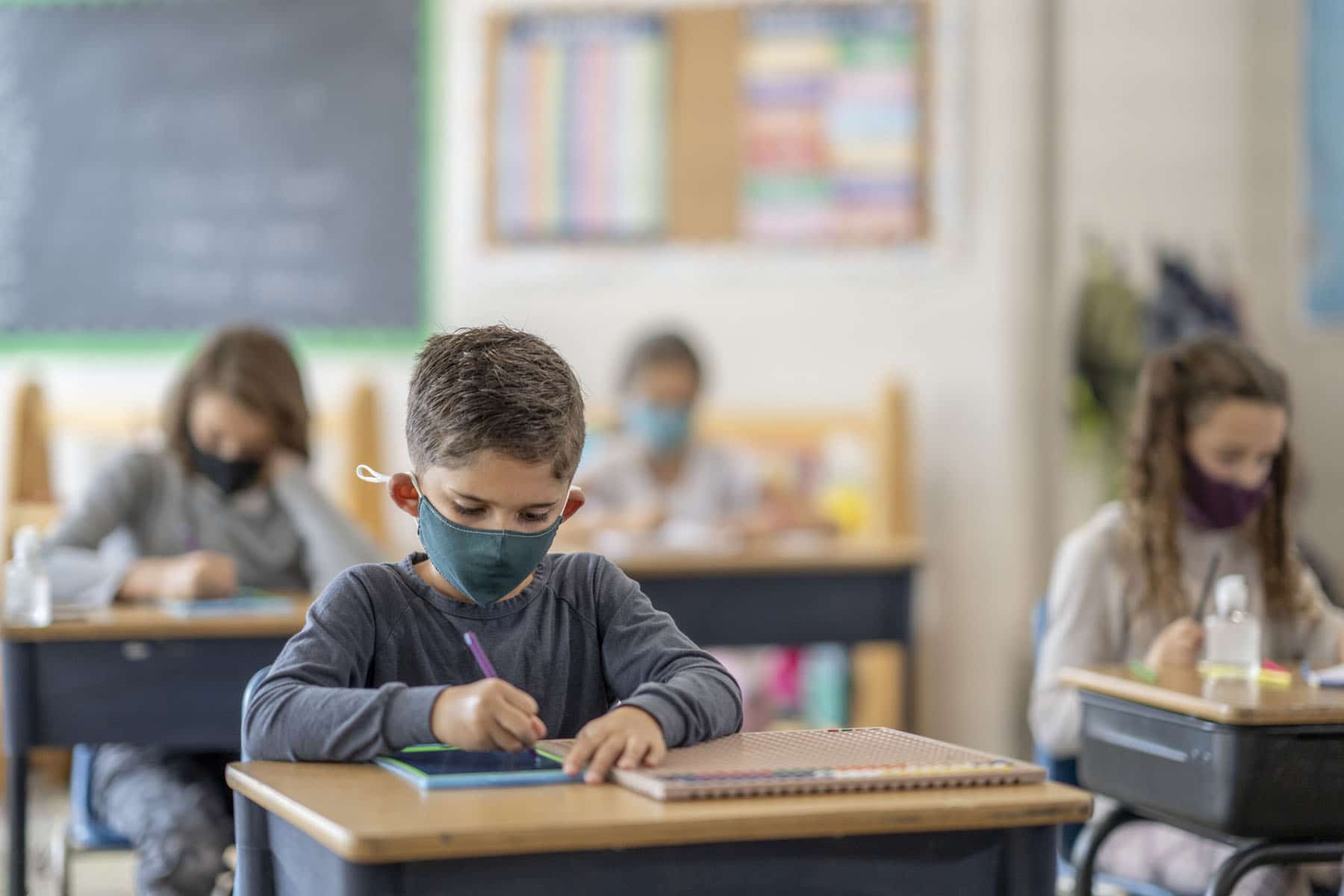 FatCamera/Getty Images
FatCamera/Getty Images I am tired of Covid. I know you are too. But here we are, dealing with a fourth wave of coronavirus, and beginning to wonder if we’re going to work our way all the way through the Greek alphabet and ultimately get to an Omega variant sometime this year or next.
At least for those of us who are vaccinated and boosted, each new outbreak is somewhat less disruptive than the one before. The fact that Omicron is so transmittable has left hospitals, grocery stores and other employers scrambling for workers. But the impact of this newest strain has been much more of an annoying inconvenience than a dangerous threat.
When COVID first hit, and our knowledge of the virus and our protections from it were so limited, the first priority was to preserve public health even at immense economic and societal cost. For two years, the crux of the political debate has been about how best to balance those dueling considerations, although the balance has gradually shifted toward reopening.
We have barely any clue as to the long-term psychological harm these young people suffered from their protracted isolation.
But as the nation’s public schools begin classes again after the holiday break, students and their parents are finding themselves at the center of what may become a brutal political fight over whether and how schools should be operating in this latest iteration of the pandemic. We are just beginning to understand the extent of the learning loss that occurred when students were limited to online classes over the last two years — and the even greater damage suffered by children from minority and lower-income communities. We have barely any clue as to the long-term psychological harm these young people suffered from their protracted isolation and desocialization while their schools were closed.
The Republicans’ upset victory in the Virginia governor’s race last fall demonstrated the parental dissatisfaction toward prolonged school closures, and Democrats from Joe Biden on down have scrambled to encourage their teachers’ union allies to return to the classroom. But the rapid spread of Omicron over winter break has undermined that strategy, and it now appears that growing union resistance to school reopening will have immense educational and political impact.
One New Jersey labor leader recently cast the familiar health versus economy debate in especially stark terms when he said “I’d see the entire city of Newark unemployed before I allowed one single teacher’s aide to die needlessly.”
Any death is a tragedy that we should make great effort to avoid, but such an absolute standard would require the criminalization of cars, airplanes, pharmaceuticals (and possibly electricity, ladders and fatty foods). In reality, we make these tradeoffs every day, balancing what we believe to be some level of acceptable risk in exchange for both necessities and conveniences in our daily lives. It wouldn’t be possible to hold in-person classes under such criteria – ever.
A more measured assessment was offered in the Bay Area, where respected Santa Clara County Public Health Director Sara Cody issued a joint statement with the county’s office of education urging schools to stay open.
“We need to find ways to coexist and live with COVID,” Cody said. “We’ve learned that in-person education is what (students) need and remote learning doesn’t support their mental health, emotional health, and academic well-being nearly the way that in-person learning does.”
To his credit, Governor Gavin Newsom successfully pressured the powerful California Teachers Association into a commitment last month to keep the state’s public schools open. But such agreements are often tenuous, and there is already evidence of teacher sick-outs and other efforts to temporarily suspend classroom instruction. And testing shortages, rising caseloads and lack of qualified substitute teachers make it likely that these trends will spread quickly just as parents are preparing to send their children back to school.
Newsom, Biden and other Democratic leaders have benefited tremendously from their relationship with teachers’ unions over the years. But while still protecting the health of their constituents, they will need to find a way to prod their labor allies into a more balanced approach. That balancing act won’t be easy — and it carries extremely high stakes for children and politicians alike.
Dan Schnur is a Professor at the University of California – Berkeley, USC and Pepperdine. Join Dan for his weekly webinar “Politics in the Time of Coronavirus” (www/lawac.org) on Tuesdays at 5 PM.























 More news and opinions than at a Shabbat dinner, right in your inbox.
More news and opinions than at a Shabbat dinner, right in your inbox.